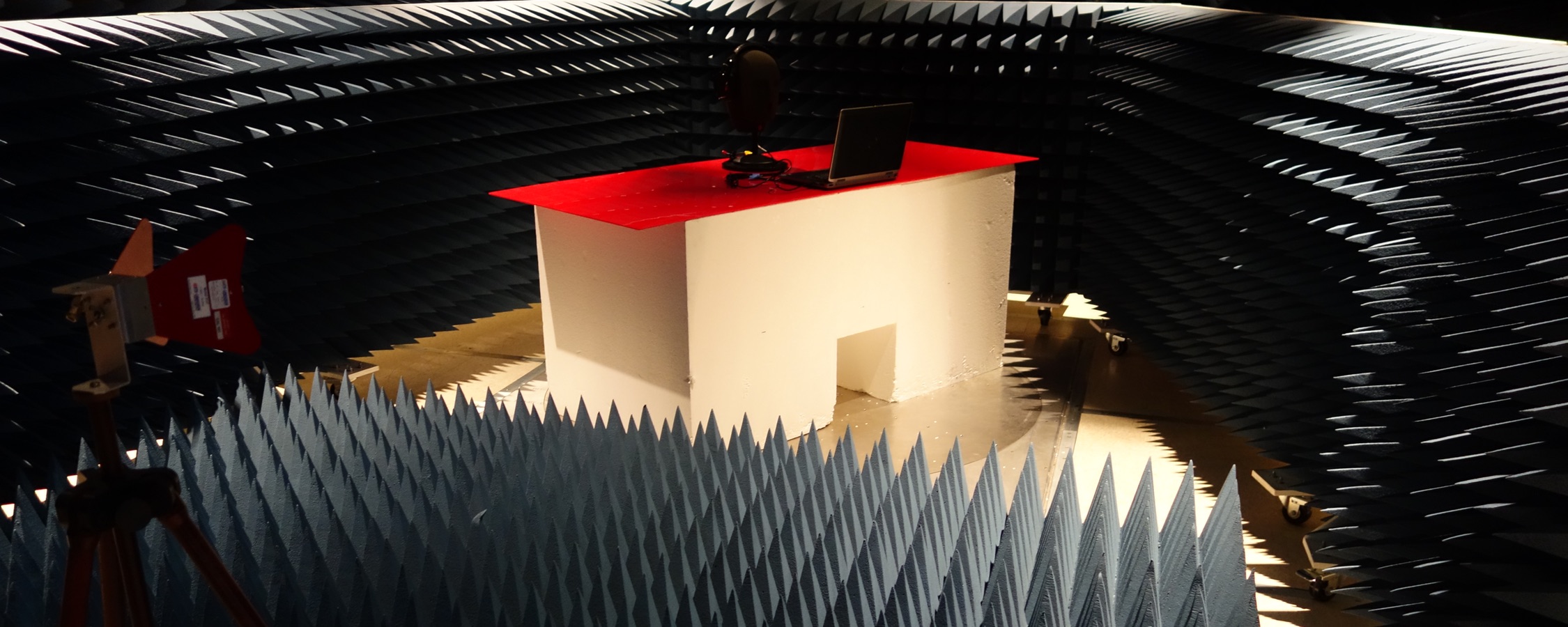Artemis Spectrum First Look
More than a "gaming" headset?
Logitech is really pushing the idea of the Artemis Spectrum being not just for gamers, but a headset for audiophiles. Indeed, it sounds great. Even its "flat" profile (no EQ tweaks) produced really natural sounding audio with well-balanced mids and highs. The low-end was deep and clear, especially at higher volumes.
Compared directly to an Astro A50 (wireless), the G633 (wired) sounds crisper and better balanced. Please note I did not get a chance to compare apples to apples – the A50 against the G933 (wireless). My memory of the G933 is that it sounded just as good as the G633, but we'll wait for the proper review to compare them all directly using the same sources. Just know that yes, Logitech has made a great sounding headset.

Technical Specifications
Wireless Artemis Spectrum G933
- Audio Driver: 40mm Pro-G
- Frequency response: 20Hz to 20KHz
- Connectivity: 3.5mm (headset), USB input (headset), wireless transmitter, 3.5mm input (transmitter)
- Wireless: Yes, proprietary 2.4GHz
- Lighting: RGB LED (16.8M colors), programmable colors, effects
- Warranty: 2 years
- Impedance: 39 Ohms (passive), 5k Ohms (active)
- Sensitivity: 107dB SPL/mW
- Microphone: Cardioid (unidirectional) w/ noise-cancellation
- Battery: Lithium Ion
- Battery life: 12 hours
- Surround: 7.1 Dolby, DTS Headphone X
- Weight: 374 grams (13.2 ounces)
Wired Artemis Spectrum G633
- Audio Driver: 40mm Pro-G
- Frequency response: 20Hz to 20KHz
- Connectivity: 3.5mm (headset), USB input (headset)
- Wireless: No
- Lighting: RGB LED (16.8M colors), programmable colors, effects
- Warranty: 2 years
- Impedance: 32 Ohms
- Sensitivity: 107dB SPL/mW
- Microphone: Cardioid (unidirectional) w/ noise-cancellation
- Battery: None
- Surround: 7.1 Dolby, DTS Headphone X
- Weight: 337 grams (11.8 ounces)

Versatility through muxing
Logitech wants you using the Artemis Spectrum for everything – console gaming, watching movies on your TV and even talking on your phone. They also want to give you the freedom to do these things at the same time. The G633 (wired) can be used either via USB or 3.5mm (TRRS headphone + mic). It can use both inputs/outputs simultaneously. Navigating the controls (and logic) for this can take some practice, but it is entirely possible to play a game, chat with your friends on voice and order food over your phone at the same time without either groups hearing each other... all controlled from the hardware itself.
The G933 (wireless) actually takes this one step further with the ability to mux 3.5mm input through its wireless transmitter. Yes, in addition to USB, wireless USB and 3.5mm input options, the transmitter doubles as a wireless audio bridge. Another 3.5mm device (or adapter) can be plugged into it. This allows for all the things described earlier plus you can listen to your television, for example, wirelessly through your G933 headset.
Remarkably, Artemis Spectrum works with analog audio (e.g. iPod, smartphones) and digital audio (e.g. computers via USB) with or without LGS, programmed or not programmed, powered or unpowered. The muxing options are sophisticated if even somewhat complex to grapple with, but Logitech has clearly put a lot of thought into this. It will be interesting to apply this in the real-world for a week or two and see how practical it is.
DTS Headphone X promises good surround sound
In the Signature Studio room, we were given a demo of Headphone X. Headphone X is a DTS technology which uses object-based acoustic modeling to reproduce the sound of an actual, physical room on your headphones. It's a stand-alone technology which will appear on other headsets but DTS has worked closely with Logitech to optimize this experience on the Artemis Spectrum. When used in conjunction with LGS profiles (or a similar technology), Headphone X ensures faithful reproduction of sounds exactly as the game or music studio intended. Profiles in LGS is open to developers and the company claims at least one "huge" game maker is on board with implementing them. Of course, Logitech hopes for widespread adoption but only time will tell.
After playing the demo through the studio's impressive hi-fi setup, we donned our G633 headphones. When the demo played, it sounded absolutely identical to the room's speakers. It was like wearing nothing at all. Not only Headphone X's room modeling spot on, but even the most spatially separated sounds (e.g. far front, far rear) were perceptually identical. It really sounded like there were actual speakers behind me and in front of me. An adjacent tech journalist was so shocked he actually remove his headphones in disbelief. He suspected they were cheating by playing audio through the speakers. Of course, they weren't. Kudos to DTS and Logitech. I've never been impressed with headphone surround, but Headphone X through the G633 was an eerily perfect 7.1 experience. Sure, it was under ideal conditions, but this was definitely the best surround sound I've experienced on a headset.
Attention to detail
In recent years, Logitech has been pushing to establish itself as a capable maker of premium gaming equipment. The zeitgeist I felt in Camas certainly emphasizes quality. The Artemis Spectrum is ostensibly born from this philosphy. There's a lot of attention to detail here: steel joints, steel pivots and a steel expansion ring; programmable macro buttons with different shapes so you can recognize where they are; washable ear cushions with a seamed edge to form a tight, flat seal around your ears; braided cables and a user replaceable battery; ratcheting expansion ring with laser-etched numbers to easily recall correct sizing; a novel RGB LED backplate with programmable lighting options; ridiculously extensive software features; a solid-feeling retractable mic... There are in fact so many finishing touches and features, it's hard to enumerate them all.




